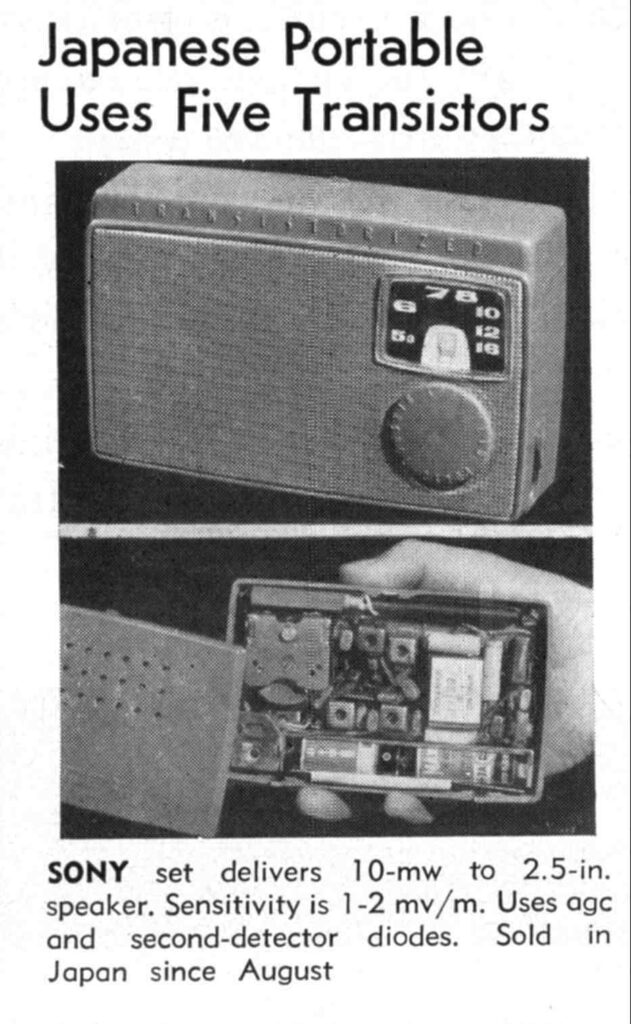The theory of disruptive innovation tells us that most disruptive technologies (and organizations) appear in the marketplace as rather crummy products. They don’t arrive as a PlayStation. They arrived as a one transistor hearing aid or as this image represents, a 5 transistor AM radio. They market these products not to the upper end of the market but to the lower end, that have no ability to buy sophisticated products. Sony was not the first person to bring an AM radio to the market. Companies brought sophisticated, transistor radios but they had lots of vacuum tubes inside and they were heavy and expensive. Even in the day, they were priced multiples higher than the cheap Sony radio that appeared in the United States in the mid-1950s.
When you’re defining your next business strategy are you approaching the market competing against nothing with a product that’s going to be ignored by larger competitors? If so, you have a good chance. Of course, many other things need to go right. You can’t rely solely on a theory of disruption to be successful. Your management style can’t be like a 1950s factory. Concepts like agile management and modern talent management must be in place. How you lead a company must also be disruptive yet it needs to be organized in ways that match the disruptive technology.
I remember the advent of paid search. It was ignored by big agencies as well as big publishers. It was at the bottom of the market but it didn’t stay that way for long. There are many opportunities to create disruptive innovation products. It’s a golden time to connect many different pieces together that customers really desire. We’re just getting started.

